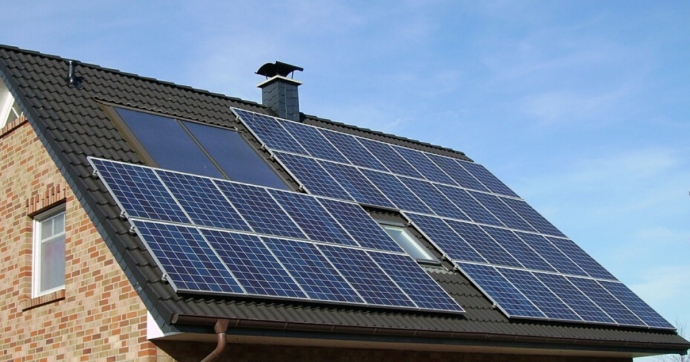Cairo in 2023: crowded, noisy, and polluted. These notes are not supposed to be an exhaustive description of the situation in Egypt, but just an impression from about one week spent there.
When you arrive in Cairo from Europe, the heat and the humidity are the first surprise. Yes, you know that you are in an African country, and you would expect it to be hotter than Europe. Yet, it is late October; is it possible that it is still so hot? Then, what would August be like here?
It may be just a mistaken impression of someone who has never visited Egypt before, but as you speak with the local people, you discover that it is not just an impression; they share the same sensation. This October is abnormally hot; not the way it used to be. The polls show that Egyptians clearly understand the problem of climate change. Possibly, even better than Europeans, with 92% of Egyptians stating that climate change is already facing their everyday life. The fact that they are used to a hot climate doesn't mean that they don't share the same physical limits of all human being. Life becomes impossible, or at least very hard, once some temperatures are reached.
So, what are the Egyptians doing? Of course, normal life in the heat of summer is possible only with air conditioning. I haven't been able to find statistics for the diffusion of air conditioning in Egypt, but even buildings that look poor and in bad shape have the external units of AC devices well visible on the outer walls. You see a typical example here, in the island of Zamalek, central Cairo. These are buildings probably built during Nasser's presidency, inspired by Soviet architecture.
Yet, if you tour Cairo, you won't see a single PV panel roofs. Over several days there, I couldn't detect a single electric car running, and Google Maps tells me that there are only about 20 public recharge stations in Cairo. Not many for a city of more than 20 million inhabitants and some 5 million cars. As you may imagine, in Egypt, everything is based on fossil fuels, and Cairo is one of the most polluted cities in the world. You can hardly find a single tree in the avalanche of concrete that covers everything.
Clearly, Egypt has serious problems. One is that the population is still exploding and shows little sign of going through the "demographic transition" that will eventually stop its growth. Then, despite its agricultural tradition, Egypt imports about 50% of its grain supply from abroad, mainly from Russia and Ukraine. You see how horrible the situation could easily become in the near future. And the problems are already there. People are not starving in Egypt, but they already have to adapt to a diet that's far from optimal. Because of excess carbohydrates and pollution, Egypt has a serious problem with obesity and with diabetes, that affects nearly 20% of the population.
So, what can you expect for the future of Egypt, among the problems of mineral depletion and increased warming? Among the positive factors, one is that Egypt does face a problem of water scarcity as most Middle-Eastern countries. Its supply of freshwater does not depend on rain but on the Nile, for its water supply. It is nearly impossible to imagine a climate situation in which the Nile would dry up and, if carefully managed, it can still keep Egypt alive as it has done for thousands of years.
Then, Egypt is a well-insolated country with excellent possibilities for solar energy production, both on rooftops and in the desertic areas. Up to now, PV plants have been too expensive for Egyptian families, while the government has remained locked to the obsolete fossil fuel paradigm -- just like most governments in the world have been. But things are changing. PV costs are plummeting, while Egypt has a significant fraction of the population that's well educated and sensible to the need for sustainable energy. A good example is the Heliopolis Sustainability University (the "Sekem") where young Egyptians are trained for a sustainable future. During my visit, I noted a remarkable interest in these matters, and it is not too late for Egypt to catch up with the rest of the world and become a renewable energy powerhouse.
So, the future is uncertain but not necessarily bad for Egypt. It will take courage, good planning, and sacrifices, but, more than all, peace. And there is no doubt that peace is what most Egyptians desire. You have to spend just a few days there to understand that. And we move toward the future, always remembering that God knows best.









